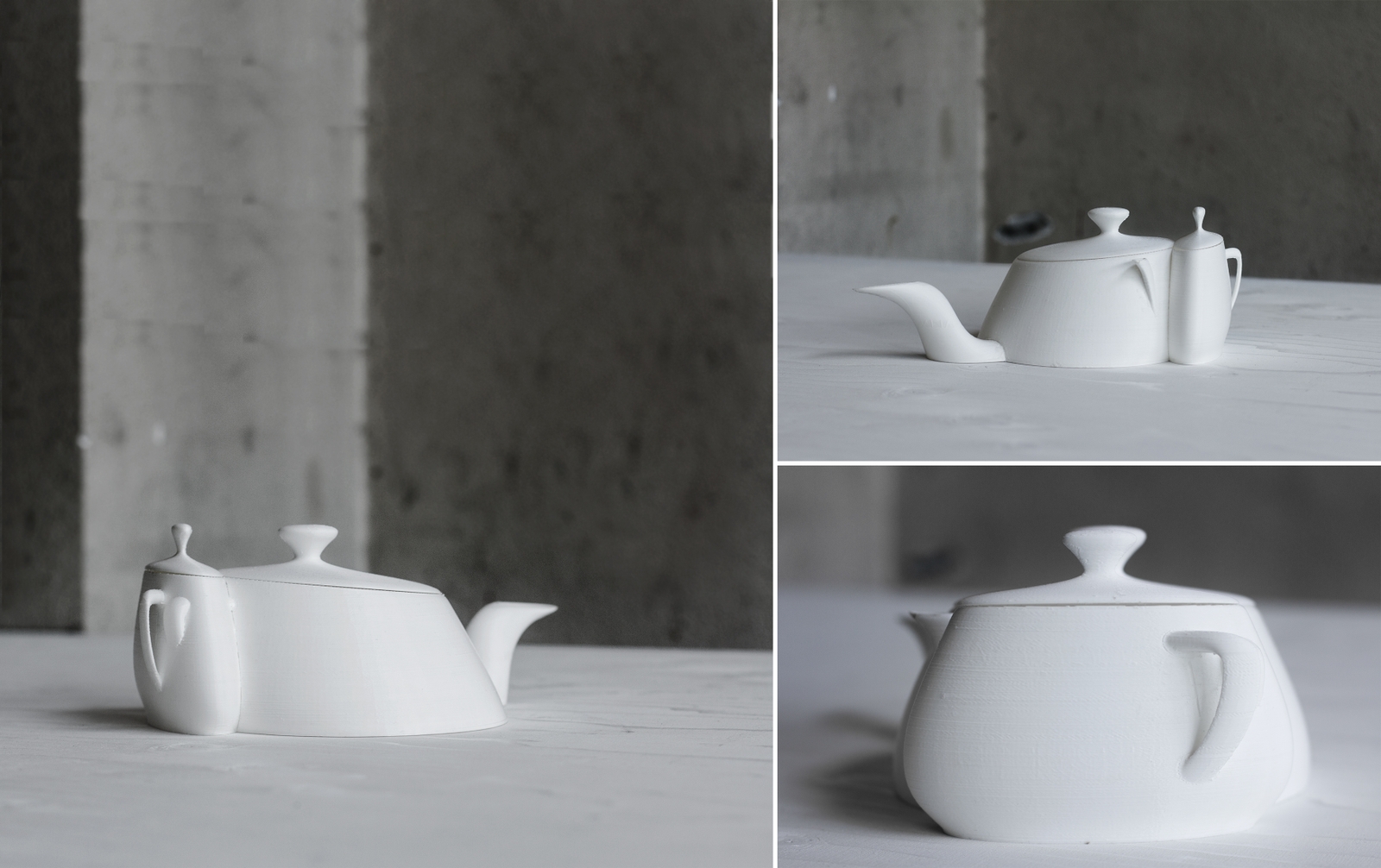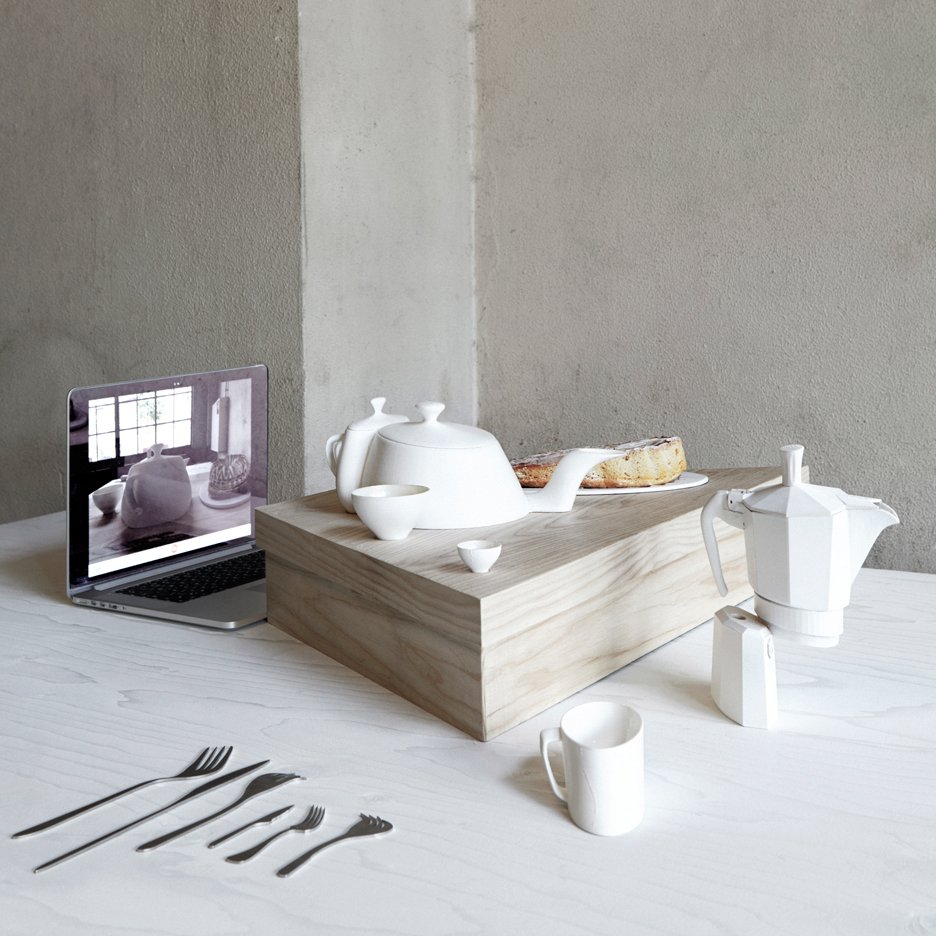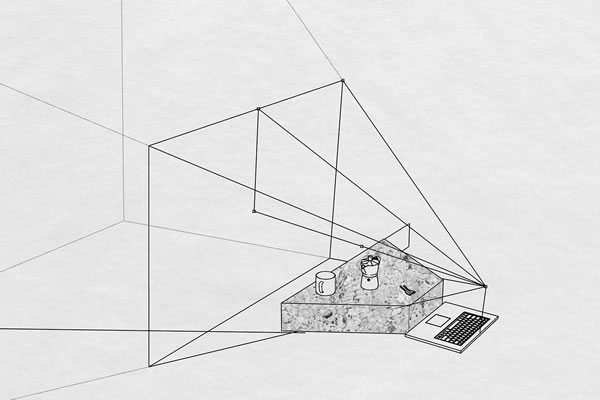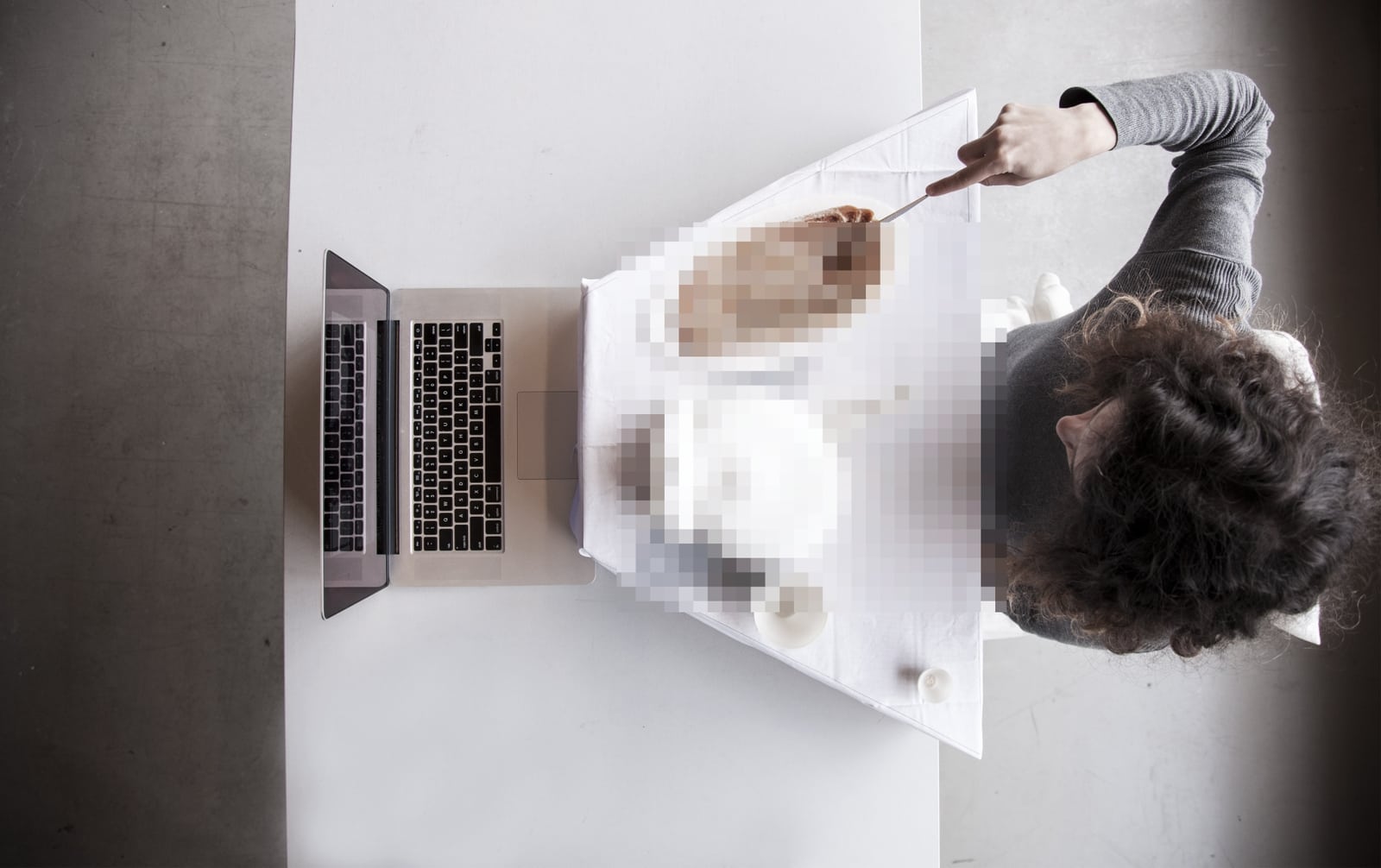In the digital era of a globalized world, our screens have become a second set of eyes. Communication has advanced leaps and bounds, to a point where we cannot imagine a world without a smartphone. Though a pandemic-stricken world seems to have come to a standstill, it is the realm of the digital that is helping us get through these tough times. A family meal shared on a zoom call, a friend’s birthday celebrated on facetime or a co-worker’s farewell drinks; long before we envisioned this new normal, Louisa Zahareas wondered what it would be like, to bring these instances into reality, one dimension at a time.
Neither a researcher nor a designer, Louisa calls herself a design researcher. “Every time I call myself a designer it gives birth to more questions and people normally tend to assume, if you're a fashion designer or graphic designer. They’re trying to categorize you into one of the categories they're familiar with. So, then they're disappointed; if I don't design chairs for example, or clothes, well then what do you do?” As a design researcher, her area of interest is unbound. Her focus lies in translating her research through design, be it a graphic, a product, or otherwise.

An example of her work is in her 2015 project entitled Screen Mutations. While we try to keep up with the ever-changing “zoom etiquettes”, Louisa envisioned sharing a meal far beyond it. A speculative tableware set that is designed from a one-point perspective, Screen Mutations looks at the real world through the lens of a screen. Calling it “wacky”, she explains that “it's deformed around a mathematical formula only to appear correct through this one point. So, it's really tableware designed for interaction through a screen.” Tapping into the social aspect of design, this project came about to be a very personal exploration. The idea came to her when she communicated with her family and friends over the internet when she was away from home. A shared meal that was less shared given the restrictive boundaries of the screen was what made her intrigued, “I just realized that we kept having these moments around food where he was showing me what food he was cooking or what he was eating and I was doing the same, but that's how the idea came up.” Combining food and technology, she found that technology was always better balanced when it works with something natural -- “food grounds technology, makes it more human, always.”
Food grounds technology, makes it more human, always.
Louisa started the project during her time at Design Academy Eindhoven in 2015, and it went on to be exhibited across the world till 2018. She explains that she started out on a quirkier note than what the outcome came to be. A plate split in half, mirrored food and a common plate in the center was her initial prototype. Through Screen Mutations, what she attempts to do is reframe the space of a digitally shared meal, making the real-life mutation, a real-looking object on the screen. “Our food was coordinated to look like it was crossing over the other side. I also remember presenting new species of food that would work for the screen. We went really quite far with it.”

As a speculative design project, the concept stage had the scope to experiment with a lot of different ideas. From fish that was half rotated and vegetables that were grown to be mirrored, for her, it wasn’t the product itself that interested her but, the rituals and etiquettes that are built in a familiar space. Her project has managed to find a preemptive solution to the social issues of a socially distanced world: “I think it really focuses on our changing meal sharing rituals; in that sense, it does really connect to social issues around food, especially now. Back then I couldn't even have dreamed of the extent of people doing that and organizing zoom dinners, for example. I think now almost everyone has experienced something like that, and the awkwardness that comes with it, but also the potential of what you can do with it.”
We photograph our food, we stage everything, and it comes around to how it looks on our screens and our cameras and on our phones. It was also a reflective moment to make people realize that that's what we do but taking it to an extreme level.
Thematically, most of Louisa’s work is connected to her curiosity to understand perception systems. She connects the framework behind Screen Mutations with another project on vision systems -- “I basically worked around how our webcam sees the world and then and it extended to how robots, how artificial vision systems see the world.” She is currently working on vision imagery with people who have experienced blindness later on in their lives. Though Screen Mutations is based around food, she emphasizes that it addresses a perceptive issue than a food design problem. Her goal with the project was not to change the way people dined but, to provoke thought about current practices that surround it. “Basically, we photograph our food, we stage everything, and it comes around to how it looks on our screens and our cameras and on our phones. It was also a reflective moment to make people realize that that's what we do but taking it to an extreme level.”

Despite a clear goal, she admits that at the time of its initial display, the project wasn’t received how she would’ve liked it to be. While her aim was to mediate rituals and relationships to seek new outcomes, there was something that went amiss. “Thinking back also at the graduation show, well there was a lot of interest, but it also made people laugh. I think I was missing the performative social aspect of the project. A lot of people really focused on the object itself and that it looks strange or wondering what it does. It's about perspective and about the method used rather than what it was supposed to communicate.” Louisa sheds light on an important aspect of the acceptance of new food science and technology; for new-age food designs to be realized, they need to be used and performed with, otherwise, it simply remains a speculative thing of the future. In order to put thought into action, Louisa retrospects on what she could’ve done better to achieve her goal -- “I didn't have the experience back then, to be honest, and I presented it as a static thing. There was no interaction with people’s thoughts and views.”
For new-age food designs to be realized, they need to be used and performed with, otherwise, it simply remains a speculative thing of the future.
If given the opportunity to do it again, Louisa maintains that the performative, interactive aspect is what she would emphasize on along with the food itself. “How you would behave, how you would use these new objects, and what would they mean and what new recipes. More than these deformed objects that look OK through one point, I would really try to move away from that and focus on the rest of the elements that make up a meal.” The tableware would quite literally become conversation starters in the ideal execution of this project, provoking questions about the culture and practice of sharing meals, rather than simply remaining an aesthetic centerpiece.
This interview was conducted as part of the research for the Embassy of Food 2021. Curators Annelies Hermsen and Chloé Rutzerveld selected seven projects and spoke with the makers designers about technology, food waste, health, education, protein transition, non-food and packaging. Collaborating with Next Nature Network, these interviews were edited and published. The Embassy of Food is made possible in part by the DOEN Foundation, Prince Bernhard Cultuur Fonds, Albert Heijn and the Dutch Design Foundation.

Share your thoughts and join the technology debate!
Be the first to comment